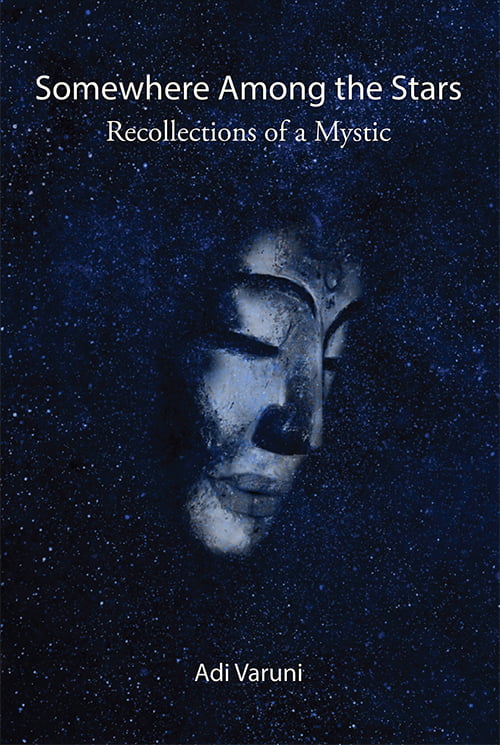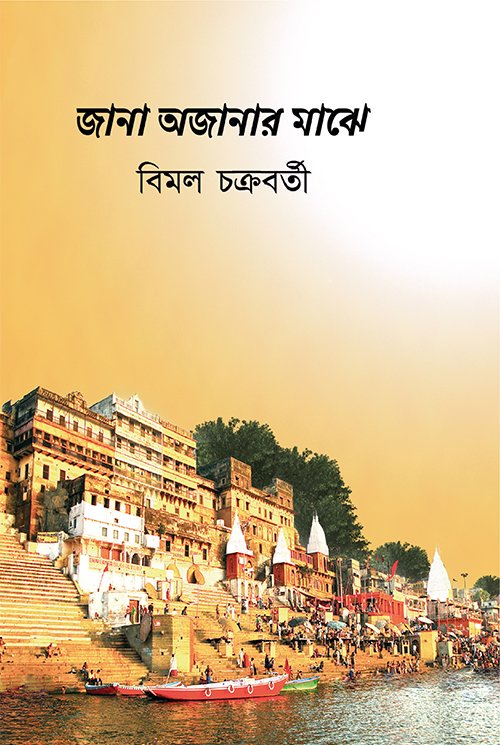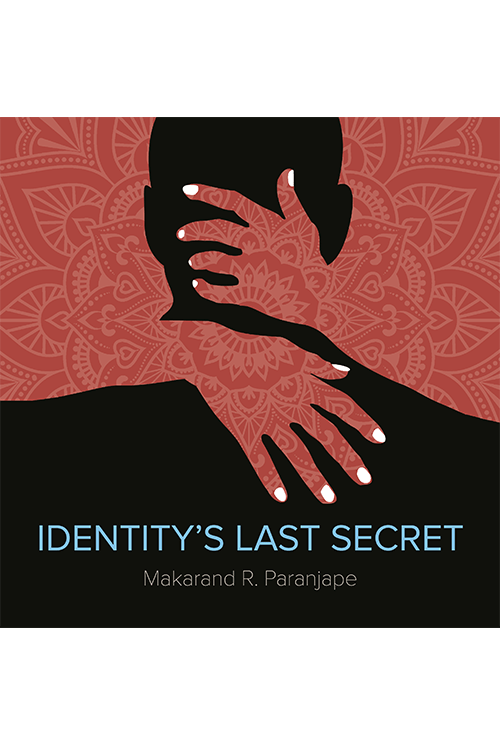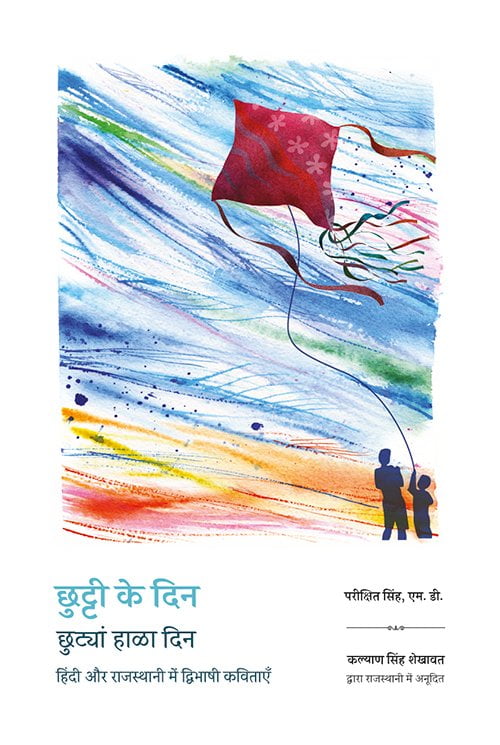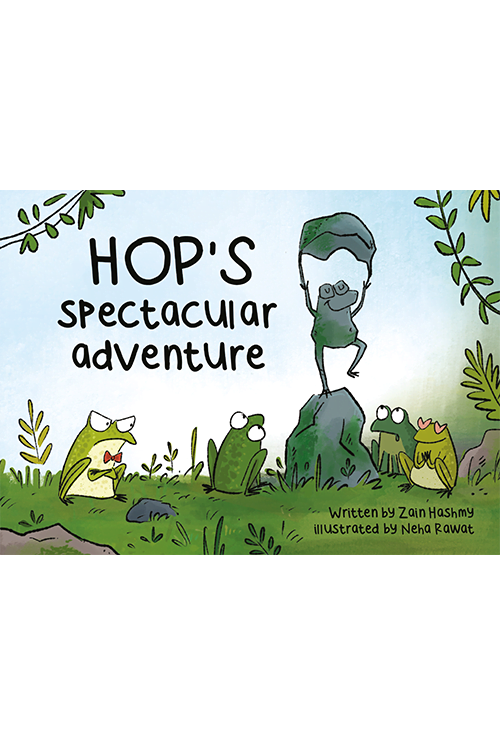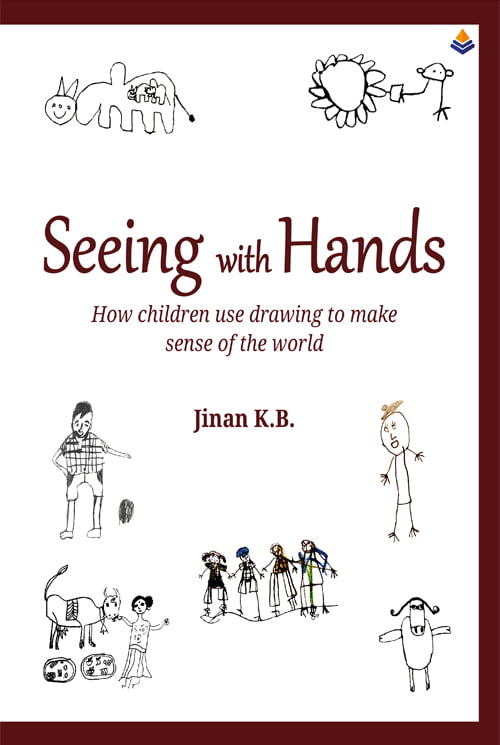“When I first shared this story with a monk-friend, he asked me why I wrote it as fiction and not biography. Many others who read this book may have the same query. So let me share: the first reason was the most obvious one — Ahana hardly lived an outer life, her entire life unfolded within, in her consciousness. Outwardly, her biography could be written in a single paragraph: She was born in India, in the early sixties, to academic parents and grew up in a university environment. She met a young man when she turned eighteen, perhaps fell in love, and left her studies and social life to live in an obscure ashram in the Himalayas and explore Vedanta. She then left the ashram and came to Almora, a small Himalayan town, where she lived alone in a cottage.
Inwardly, however, Ahana’s life was rich, fascinating, multihued, multilayered, profoundly inspiring. The more I discovered and understood of her life, the more I realized how much is possible, and how much the human being can attain, in a single lifetime — none could come to her and remain unchanged. So how does one write a biography of such a being?
And second, as I discovered in writing this book, a biography ties you down to facts and timelines while fiction can free you of all such needless fetters. Ahana’s life, I feel, is the stuff poetry is made of.”



